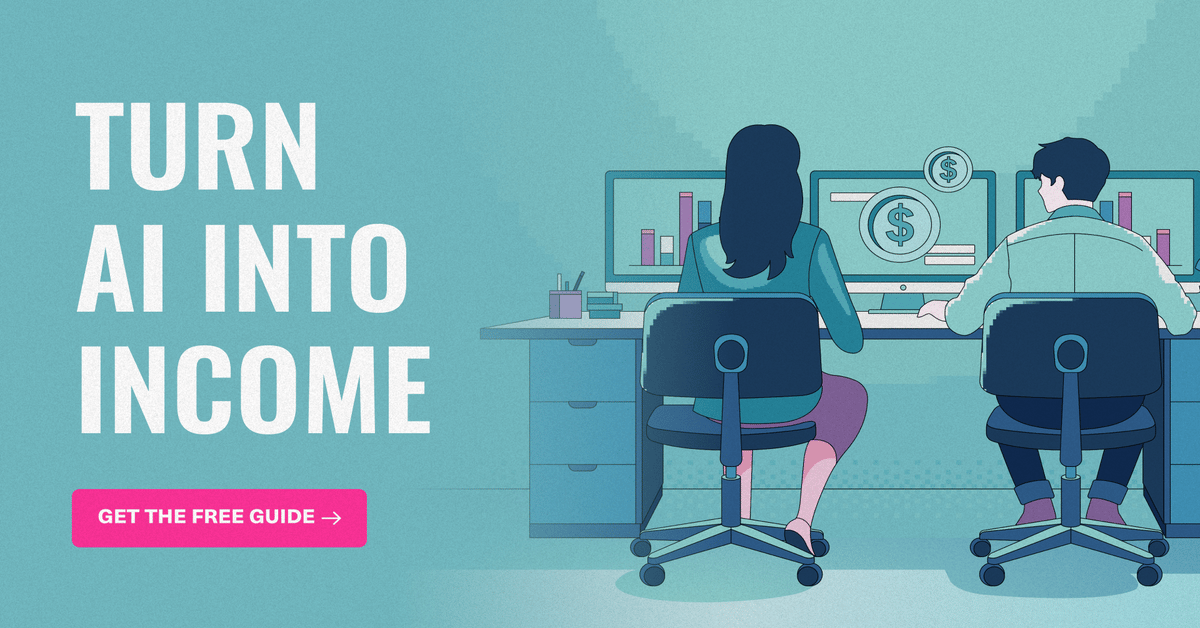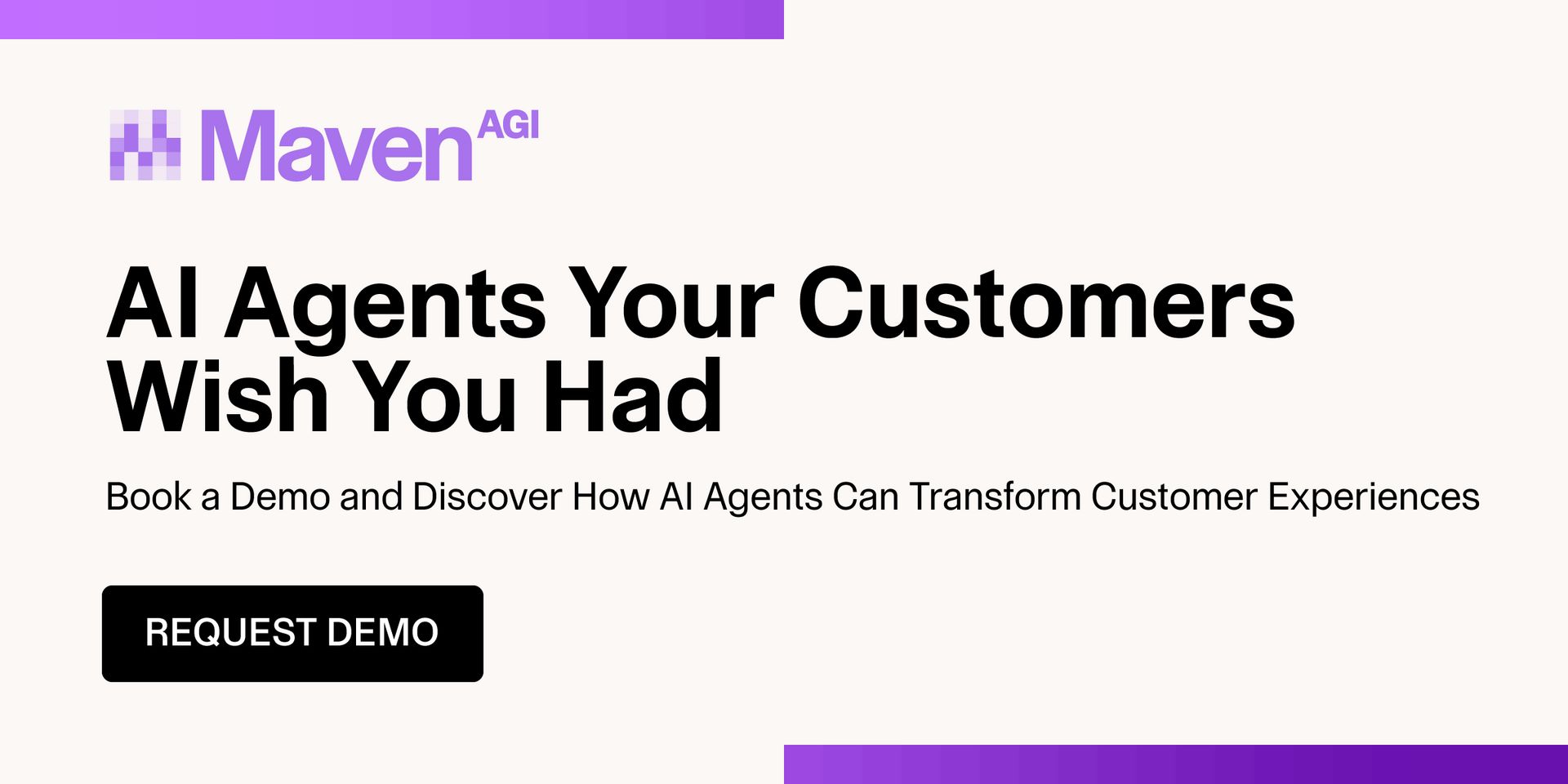- Tech Momentum
- Posts
- Regulate. Build. Partner. Repeat.
Regulate. Build. Partner. Repeat.
Discover how new AI laws, NVIDIA’s DGX launch, and Salesforce’s Anthropic deal mark a pivotal week for responsible, powerful artificial intelligence.

Welcome to Tech Momentum!
The world of AI is no longer theoretical — it’s rewriting laws, redefining workstations, and reshaping entire industries. From California regulating chatbots to NVIDIA empowering developers with new AI desktops, and Salesforce fortifying enterprise AI through Anthropic, each headline marks a turning point. The message is clear: AI is maturing fast — and you need to keep up.
Let’s break it all down!
Updates and Insights for Today
You’re Getting Protected by Law: California Becomes First State to Regulate AI Companion Chatbots
You Must Choose Smart: DGX Spark vs DGX Station — Which Desktop AI Beast Fits You?
You Gain Enterprise-Grade AI: Salesforce and Anthropic Deepen Partnership for Regulated Industries
The latest in AI tech
AI tools to checkout
AI News
You’re Getting Protected by Law: California Becomes First State to Regulate AI Companion Chatbots
Quick Summary
California Gov. Gavin Newsom signed SB 243, making the state the first in the U.S. to impose rules on AI companion chatbots. The law mandates safety protocols, accountability, and protections especially for minors. It goes into effect January 1, 2026.
Key Insights
SB 243 holds companies—from OpenAI and Meta to smaller companion-focused startups—legally accountable if their chatbots violate safety requirements.
Chatbots must clearly disclose that they are AI (not humans) and avoid representing themselves as healthcare professionals.
For minors, the law requires warnings every three hours reminding them they are interacting with AI, and age verification mechanisms.
The legislation also mandates protocols for suicide prevention and self-harm detection, and requires companies to share relevant statistics with the state Department of Public Health.
Why It’s Relevant
This is a landmark moment: for the first time, a U.S. state is moving to regulate AI companions, setting precedent for safety, accountability, and user protection. If you use or build chatbots, this law forces new guardrails—especially around minors’ interactions and crisis content. Companies across AI and tech sectors will likely adjust globally to align with these emerging standards. And for citizens, it signals that your digital safety is now a legislative priority.
📌 Read More: TechCrunch
Turn AI Into Your Income Stream
The AI economy is booming, and smart entrepreneurs are already profiting. Subscribe to Mindstream and get instant access to 200+ proven strategies to monetize AI tools like ChatGPT, Midjourney, and more. From content creation to automation services, discover actionable ways to build your AI-powered income. No coding required, just practical strategies that work.
You Must Choose Smart: DGX Spark vs DGX Station — Which Desktop AI Beast Fits You?
Quick Summary
The article from KI-Ecke compares NVIDIA’s DGX Spark and DGX Station as desktop AI supercomputers. It outlines specs, intended use cases, and trade-offs. The goal: help readers decide which system suits their workload.
Key Insights
DGX Spark is built around the GB10 Grace Blackwell Superchip, offering a compact, lower-power desktop system for prototyping, inference, and fine-tuning smaller models.
DGX Station uses the GB300 Blackwell Ultra Superchip, with vastly more memory and compute, targeting heavier AI workloads and multi-user or larger scale development.
Spark’s advantages: lower cost, simpler footprint, energy efficiency; Station’s advantages: headroom, scalability, stronger memory and networking.
The trade-off: Spark may bottleneck when models or data grow beyond its limits; Station demands much greater investment and thermal/space support.
Why It’s Relevant
If you’re building or scaling AI systems, your choice of desktop AI infrastructure will shape your workflow. Picking Spark might be cost-efficient for early work or edge models; Station is safer if you expect growth into heavy training or multi-user environments. Knowing the differences helps you avoid overpaying for unused capacity — or getting stuck with underpowered hardware. Also, given NVIDIA’s push into desktop AI with these products, these decisions are becoming strategically important for AI-native teams.
You Gain Enterprise-Grade AI: Salesforce and Anthropic Deepen Partnership for Regulated Industries
Quick Summary
Salesforce and Anthropic announced a major expansion of their collaboration to bring Claude AI models into Salesforce’s Agentforce 360, specifically for regulated sectors like finance, healthcare, and cybersecurity. The integration ensures Claude traffic stays within Salesforce’s secure environment, and the two will co-develop industry-specific AI solutions.
Key Insights
Claude will become a preferred foundational model for Agentforce, especially in regulated industries, with all traffic contained within Salesforce’s virtual private cloud.
Salesforce and Anthropic will co-build industry-specific AI solutions, beginning with financial services, to handle domain complexity like insurance, instruments, regulatory frameworks.
Claude and Slack will see deeper integration: Claude can access Slack channels, messages, and files (via Slack’s MCP server) to summarize and support workflows.
Salesforce is also deploying Claude Code internally across its engineering teams to accelerate development.
Why It’s Relevant
If you’re in a regulated industry (finance, healthcare, cybersecurity), this expanded partnership signals you're gaining access to AI tools designed with tighter security and compliance from day one. For AI/tech teams, the integration opens doors for domain-aware agents deeply embedded into enterprise workflows. For Salesforce customers, it means more choice in models (Claude, in addition to others) under a trusted security perimeter. This move also intensifies the race among enterprise platforms to deliver AI with both power and guardrails.
📌 Read More: Anthropic
The latest in AI tech

AI NEWS
1. Industrial-Grade All-Weather Humanoid Robot Cuts Downtime
Deep Robotics’ DR02 humanoid robot works through rain, dust, and extreme temperatures from –20 °C to 55 °C. Its IP66 sealing and 275 TOPS computing power reduce maintenance interruptions and increase uptime for industrial sites. Modular arms allow rapid field repair, minimizing costly production pauses.
📌 Read More: KI-ECKE
2. OpenAI Chat Log Preservation Order 2025 Explained
A U.S. court has revised OpenAI’s chat log ruling, limiting preservation to flagged accounts and existing data. This means normal chat deletions can resume, balancing privacy compliance with transparency needs. The change marks a pivotal legal clarification for AI data governance.
📌 Read More: KI-ECKE
3. OpenAI Forms Expert Council on Well-Being and AI
OpenAI launched an eight-member Expert Council to advise on healthy AI usage and emotional well-being. The group will evaluate ChatGPT’s impact on users, youth, and digital behavior, shaping long-term ethical design practices across OpenAI products.
📌 Read More: OpenAI
4. Pupils Fear AI Eroding Study Ability, UK Research Finds
A new UK study shows 62% of pupils believe AI tools make schoolwork “too easy,” weakening deep thinking and focus. Teachers warn that dependency on chatbots may reduce critical reasoning skills and self-learning capacity among students.
📌 Read More: The Guardian
AI Agents That Cut Support Costs By Up To 80%
AI Agents Designed For Complex Customer Support
Maven AGI delivers enterprise-grade AI agents that autonomously resolve up to 93% of support inquiries, integrate with 100+ systems, and go live in days. Faster support. Lower costs. Happier customers. All without adding headcount.
AI Tools to check out
ChappleAI
Chapple is an AI platform that offers content generation, image creation, conversational chatbot agents, transcription, code generation, and SEO tools in one interface.
👉 Try It Here: ChappleAI
VoiceCleaner
VoiceCleaner.ai automatically removes background noise from voice and audio recordings with a single click—ideal for podcasts, interviews, voiceovers, or any spoken content cleanup.
👉 Try It Here: Voicecleaner
HalloTarot
HalloTarot offers AI-driven tarot readings free online, generating personalized insight based on your questions and using classic tarot imagery and interpretation models.
👉 Try It Here: Hallotarot
Byliner
Byliner.ai is designed specifically for writers and journalists: it provides assisted text editing, content polishing, structure suggestions, and writing support tailored to professional workflows.
👉 Try It Here: Byliner
Thanks for sticking with us to the end!
We'd love to hear your thoughts on today's email!
Your feedback helps us improve our content
⭐⭐⭐Superb
⭐⭐Not bad
⭐ Could've been better
Not subscribed yet? Sign up here and send it to a colleague or friend!
See you in our next edition!
Tom






